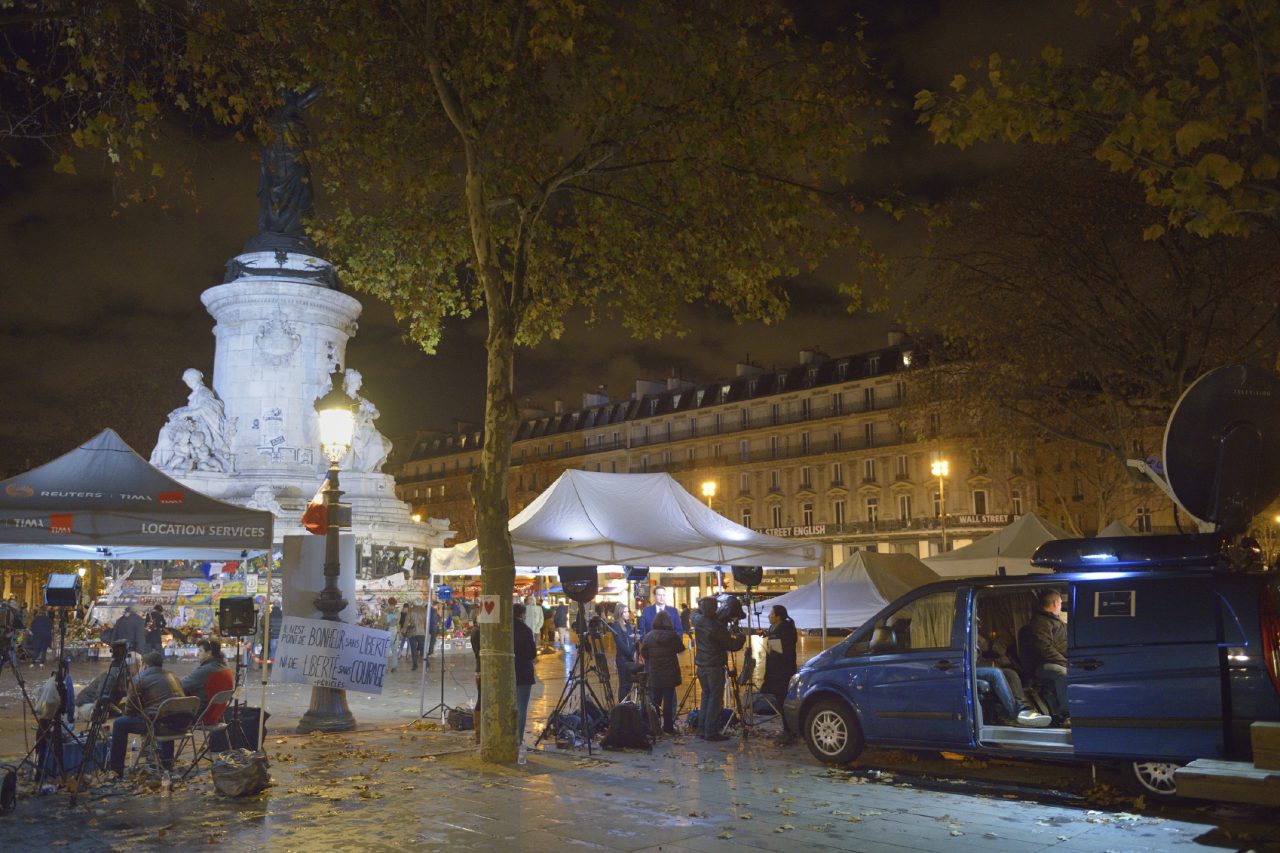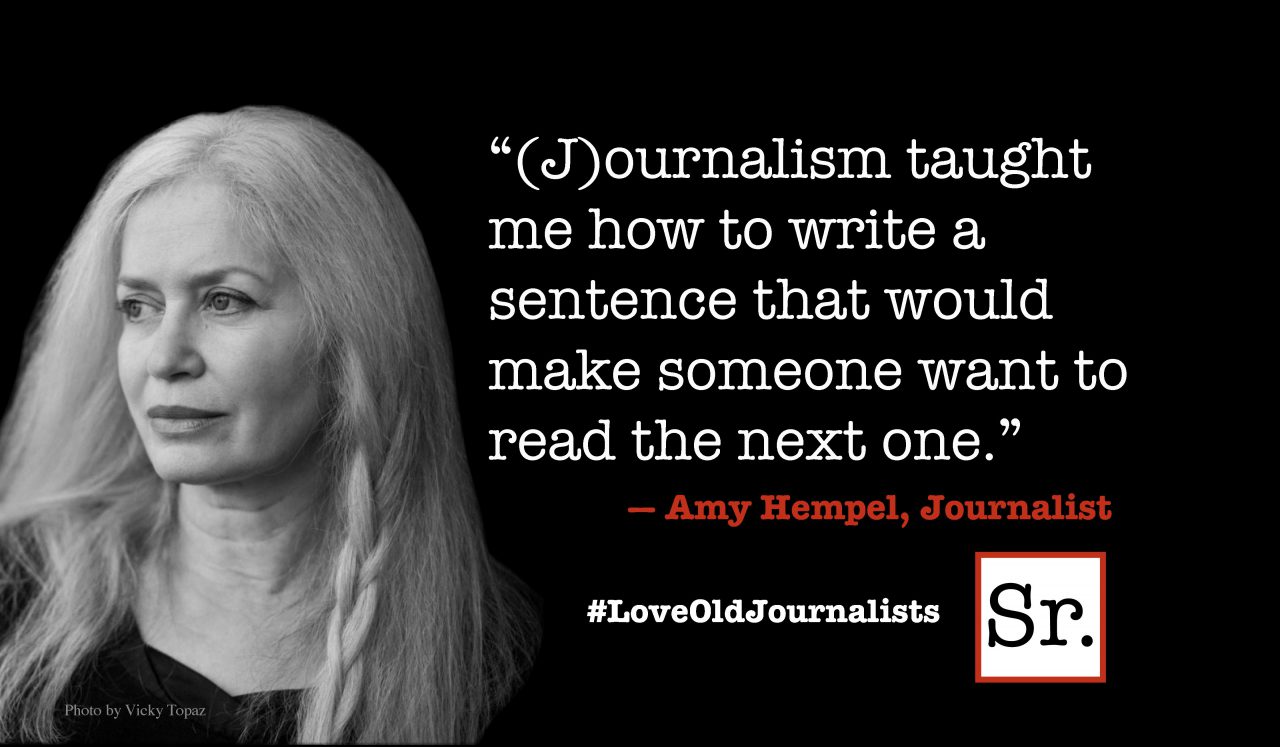The opposite of love is not hate. It is fear.
Millennia ago our ancestors saw the darkness of winter devour the sun's time in the sky. As each day grew shorter, their fear increased; a fear that one day the sun would descend into darkness and fail to rise again.
Against this fear they brought light. The warmth of the hearth. The joyfulness of song. Faith that the sun would return again. Faith that light would always drive away darkness. Faith that love would ultimately conquer fear. And it was from this faith, that the world's great Faiths evolved, and we came to understand our varied faiths through prayer and philosophy.
As we sought to deepen that understanding, we turned our intellect and our curiosity the the waxing and waning of the light, and Faith's studious twin, Science, affirmed the permanence of the return of the sun, affirmed the resilience of light, and life, and love.
Alas, we have not yet found the ultimate antidote to fear. There are still those who fear that they will awake one day to final darkness. And from the foul soil of that fear, springs hatred. Such hatred is self-affirming. To live in hatred is to live in darkness. By hating, one chains oneself to the darkness that spawns the fear. Such is the incestuous intertwining between fear and its child, hatred.
Terrorism, by definition, seeks to instill fear. The recent attacks in Paris affirm that terror stems from those chained in darkness. In Paris it was the tool of those who would cloak themselves in language of Islam, one of the great faiths of light in order to terrorize the innocent and bring once more the darkness of their own fear into the world. Terrorism is the language of fear and hatred. Its use is cowardice.
The four tenets of Distilled Harmony are: Foster Harmony, Enable Beauty, Distill Complexity and Oppose Harm. By assaulting harmony and actively destroying beauty, terrorism calls forth the fourth tenet. The first three tenets allow for disagreement, discussion, debate. Those activities move wisdom forward. But they are internalized. Interactions that allow for the meeting of minds.
The cowardly murders wrought by terrorism are the ultimate public, external expressions of fear, devolved into hated – and that must be opposed. At its core, an individual violent attack on an anonymous, innocent stranger is often the result of the panic brought on by unreasoning fear of “the other,” and as such is the result of an individual pathology. However, what we witnessed in Paris, the religious/political motivations asserted by the perpetrators notwithstanding, was the manifestation of a societal pathology, not unlike that that presaged the rise of Nazi Germany. The leaders of global terror hijack a twisted version of a religion, in the case of ISIS, Islam – Hitler chose a strange occult interpretation of Christianity – and weaponize it. Germany at least, to its eventual shame and disastrous result, owned its hatred, paraded its fear in the streets, and led a nation to disaster. The terrorist leaders of weaponized Islam, hide in the shadows of the Internet, or erupt like a cancer in the midst of a host nation, and claim ownership of a portion thereof.
And that touches on a central issue, and, perhaps an eventual solution. Let us call it "painting the bullseye." Traditional warfare pits individual nation states, or competing alliances of the same, against each other. In the past that has allowed warring parties to say "the bad guys live there." We "paint the bullseye" on that piece of real estate, and we can "win" the war by destroying the territory that is synonymous with "the enemy."
When a group weaponizes an ideology that cannot be geographically defined, it becomes impossible to "paint a bullseye on the enemy," and no matter how sophisticated one's weapons, you cannot hit a bullseye that is not there. That does not keep us from trying, from raining devastation upon the places where we believe the enemy to be, or where the enemyclaims to be. But the tortured history of the Middle East, from the Renaissance to the present, seems a continual affirmation that the “solution” to the problems of the Middle East must be home grown. Despite the allure of the treasures of that region, all attempts to militarily impose an external logic on its deep-seated antagonisms have ended in frustration and failure. So we should stop trying.
In the wake of the attacks in Paris, we are already hearing calls for “boots on the ground,” for banning Syrian immigrants – or only Muslim Syrian immigrants – depending on the source. So, in effect, we are painting a bullseye where the wielders of weaponized Islam are telling us we should. No doubt they are delighted. Our hasty reactions will allow them to claim “Look! We have been right all along. The Americans and their lackeys are not fighting a war on terror. They are fighting a war on Islam!” That dynamic should be obvious, yet still, we seem poised to blunder in again where the Crusaders, the British, the French, the Russians, and our own military have bogged down in the swirling sands and vendettas of tribal cultures. I would ask again, is this really our job?
The arena in which a larger “victory" is possible is defined by the first two tenets of Distilled Harmony: Foster Harmony and Enable Beauty. Those who fear us, who have come to hate us, who would destroy us, assert that we are “infidels” estranged from all that is good and beautiful in life. In the long run we can best frustrate the fear-strickened weaponized terrorist by demonstrating the falsehood in that claim. We can turn inward, not in a rejection of our global identity, but in a re-evaluation of that identity. In the face of external claims that we are a coarse and violent people, we must demonstrate with a new vitality that we hold true to the establishing document of our nation, The Declaration of Independence, in which we assert that:
“We hold these truths to be self-evident, that all men are created equal, that they are endowed by their Creator with certain unalienable Rights, that among these are Life, Liberty and the pursuit of Happiness, [and further that we] institute a new Government, laying at its foundation such principles . . . [that] seem most likely to effect their Safety and Happiness.” [My text in the parenthesis to smooth transitions.]
The point is that we already have a government founded on the principles best suited to allow for the fostering of harmony and the enabling of beauty. And we have grown ever better as Americans, native and foreign-born who accept and advocate those principles, knit together a culture more complex and engaging than the ones that we, or our ancestors, left behind in search of a better life. Perhaps it is time that we exerted a more public and unified effort to manifest those unique principles. I often rail against the idea of a “hyphenated American.” African-American, Irish-American, Swiss-German-American, Japanese-Italian-Columbian-American. I find it irritating that, no doubt observing some arcane rule of grammar, American gets tacked on at the end. The reality is that without the establishment of those uniquely American principles I cited above, no one would have left those other countries to come here – for a life betterthan the one they left behind.
Only a fool would argue that we have completed the creation the state envisioned by the signers of the Declaration of Independence. We have myriad issues that still vex us. The central notion of equality, a more unfettered route to the pursuit of happiness, safety – all provide ample challenges. But, like the challenges that face the Middle East, these are ourinternal challenges. Ones that we can address by placing them at the forefront of our national agenda. There is much domestic work to be done in order to complete the challenges set forth in the Declaration of Independence. Our schools are in desperate need of direction and resources, children still go to bed hungry – most likely in your own city, pockets of our great cities remain shopping centers for drugs and violence, our police and those they are sworn to protect appear to speak completely different languages, our highways and bridges crumble, the Great Lakes are threatened by invasive species. Pick your own pressing concern – the one you encounter as you look out the window or drive to work.
This is where we need to paint the bullseye. And it should designate a target of construction not destruction.
No doubt, in light of the recent Paris attacks, the media will continue to subject us to a great wringing of hands as politicians and pundits paint bullseyes all across the globe and propose strategies to smite them with our might and righteous indignation. And yet again, is that our job? We have plenty to do here to Foster Harmony and Enable Beauty, to actualize the dreams of all those who have come here, in this generation or in generations past, seeking a better life. Perhaps if the continual development of that better American life becomes patiently obvious to the world beyond our borders, the words of those who fear us, who then come to hate us, who would do us harm, will fall on increasingly deaf ears.









